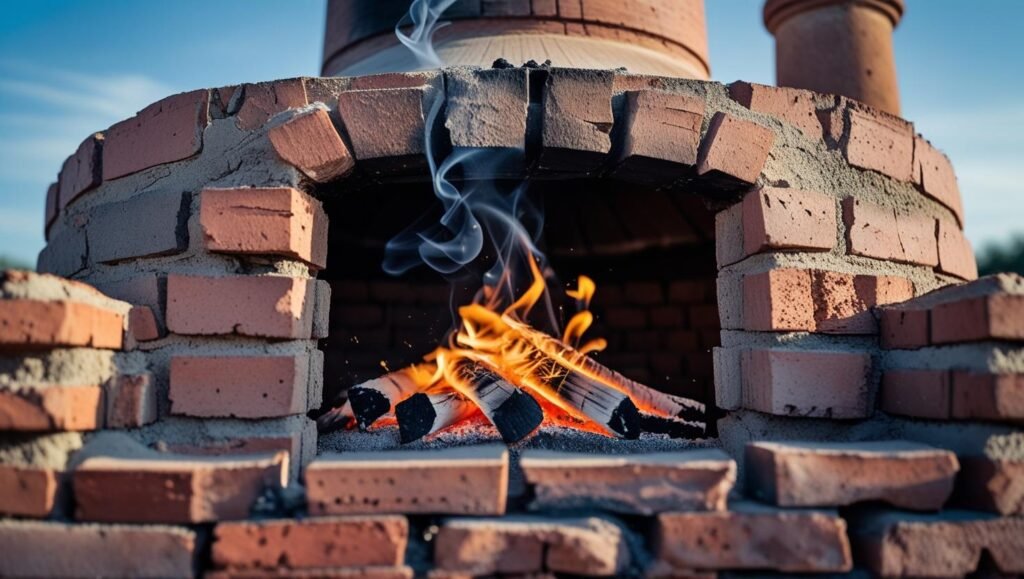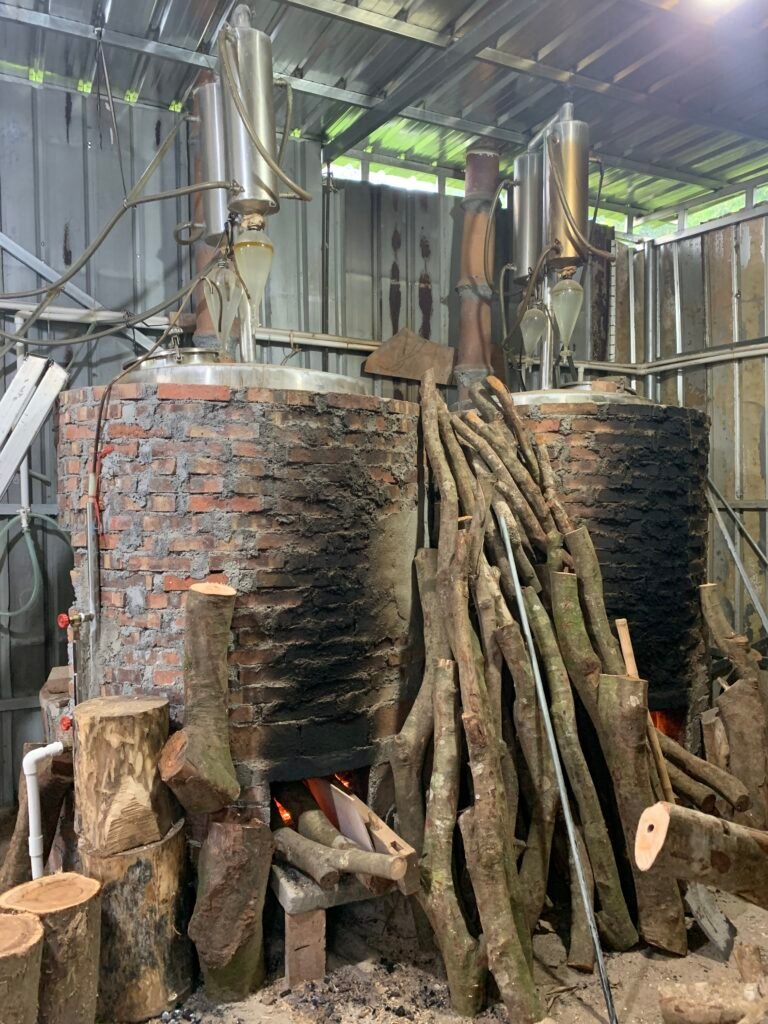
Agarwood essential oil—often called oud—is among the world’s most prized aromatics. Its scent is deep, complex, and transporting, with facets that can feel woody, leathery, sweet, smoky, and even honeyed. While modern equipment exists, many artisans still rely on the ancient, firewood-heated method of distillation to craft oils of rare nuance and soul. Here’s an inside look at how this heritage process works and why it matters.
What Makes Agarwood Special?
- The source: Agarwood forms when Aquilaria trees develop a dark, aromatic resin in response to natural stress or inoculation. This resin-infused heartwood is incredibly fragrant and scarce.
- The magic of resin: Each tree, region, and species contributes unique chemistry. That’s why ouds can smell so distinct.
From Forest to Still: Preparing the Material
- Careful selection: Distillers sort wood by resin content and character. The more resin, the richer and darker the profile, though yields are small.
- Cleaning and cutting: Bark and plain sapwood are removed; the resinous wood is chipped or ground. Some producers gently pre-roast to dry the wood and awaken aroma.
- Soaking and fermentation: Many traditions soak the wood for days or weeks. This softens the fibers and can invite natural microbes to unlock deeper, more complex notes—if managed well.
Charging the Still
- The vessel: A heavy pot still of copper, stainless steel, or even traditional earthenware is filled with water and agarwood. Most artisans use hydro-distillation, where the wood is submerged in water.
- Seal and simplicity: Lids and joints are sealed with dough or clay. The lyne arm leads to a condenser—often a simple metal coil as old as craft itself.
The Heart of the Craft: Firewood Heating
- Wood-fired heat: This is where tradition lives. Firewood creates a living flame, and an experienced distiller reads the boil by ear and eye—no digital controls needed.
- Patience: A gentle, steady simmer draws out the aromatic compounds over many hours or days. Too fierce a boil can bruise delicate top notes; too little heat wastes time and aroma.
Turning Vapor into Liquid Gold
- Condensing the aroma: Fragrant vapors travel through the coil and cool into a stream of hydrosol carrying tiny oil droplets.
- Separation: The distillate collects in a receiver where the oil separates naturally from the water. Artisans may recycle the aromatic water (cohobation) to tease out every last drop of scent.
Time and Fractions
- Long runs: Traditional oud distillations can last 3–10 days. Early fractions tend to be brighter and more airy, while later fractions grow richer and more animalic.
- Blending: Master distillers keep fractions separate and blend them later to balance sparkle with depth.
Collecting and Maturing the Oil
- Tiny yields: Agarwood oil is rare—sometimes well under 1% of the wood weight. After separation and careful settling, the oil is gently dried of any water.
- Aging: Just like fine tea or whisky, oud changes with time. Months to years of quiet aging round off edges and reveal hidden layers.
Why Firewood Matters
- Heat quality: A live flame imparts a uniquely gentle, continuous heat that many artisans believe preserves nuance and complexity.
- Craftsmanship: The distiller’s senses—sound of the simmer, rhythm of drops, scent of the coil—guide decisions that no gauge can.
- Character: Firewood distillation often yields an oil with greater textural depth and “soul,” prized by connoisseurs.
Caring for Your Oud Oil
- Storage: Keep tightly sealed, away from light and heat.
- Breathing and aging: Some collectors let bottles “rest” occasionally; others keep them sealed to slow oxidation. Either way, patience rewards.
- Use: A micro-drop goes a long way. Apply to pulse points or layer with other naturals for a bespoke signature.
A Living Tradition
Firewood distillation isn’t fast or easy. It’s an all-consuming ritual—tending flames, listening to the still, adjusting drip rates by instinct. But the result is unmistakable: a living, breathing oil whose story can be smelled in every facet. When you choose traditionally distilled agarwood, you aren’t just selecting a fragrance—you’re supporting a lineage of craftsmanship that honors the forest, the farmer, and the distiller.


